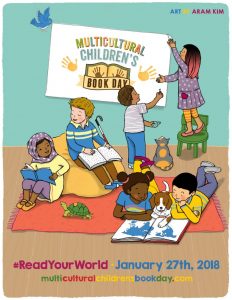By Insight Tr3s
Young Latinos have always been more likely to live with their families in early adulthood – and that is especially true today. With the cost of living on the rise and the recession making stable jobs a scarce commodity, moving out can be a major financial risk.
As a result, Hispanics 18 to 34 are delaying forming their own households. Currently, 45 percent reside with their parents.
The tough economy has had a similar impact on young adults overall – 38 percent of non-Hispanic whites and 32 percent of blacks 18 to 34 live at home. They don’t see this as a bad thing, however.
People 18 to 34 living with their parents overall are just as satisfied with their family life and housing situation as those living on their own. Parents with adult children in the household are similarly satisfied.
In addition, it’s not just people at the younger end of the 18-to-34 demographic living at home. A 2010 Pew study found that from 2000 to 2010, the percentage of U.S. adults 25 to 34 in multi-generational households rose 37 percent.
Hispanics in particular are 37 percent more likely to live in multi-generational households. Recent Tr3s research has found that these families are happy living under one roof.
Being in a situation where they lean on each other for support, close relatives are at the core of young Hispanic adults’ circles of trust. In addition, Spanish is their language of choice with family. Nine out of 10 speak mostly Spanish within their multi-generational homes, even if they may speak English elsewhere.
Instead of rushing to form families of their own, young Latinos are taking extra time to nest with mom and dad while accomplishing their goals and working toward financial stability. This new dynamic is shaping how they live, value things, consume media, and make purchases.
Source: Pew, “The Boomerang Generation,” Dec ’11; Tr3s 2012 Study: “Hispanic 18-34s Living ‘The Next Normal’”; Pew, “The Return of the Multi-Generational Household,” Mar ‘10





